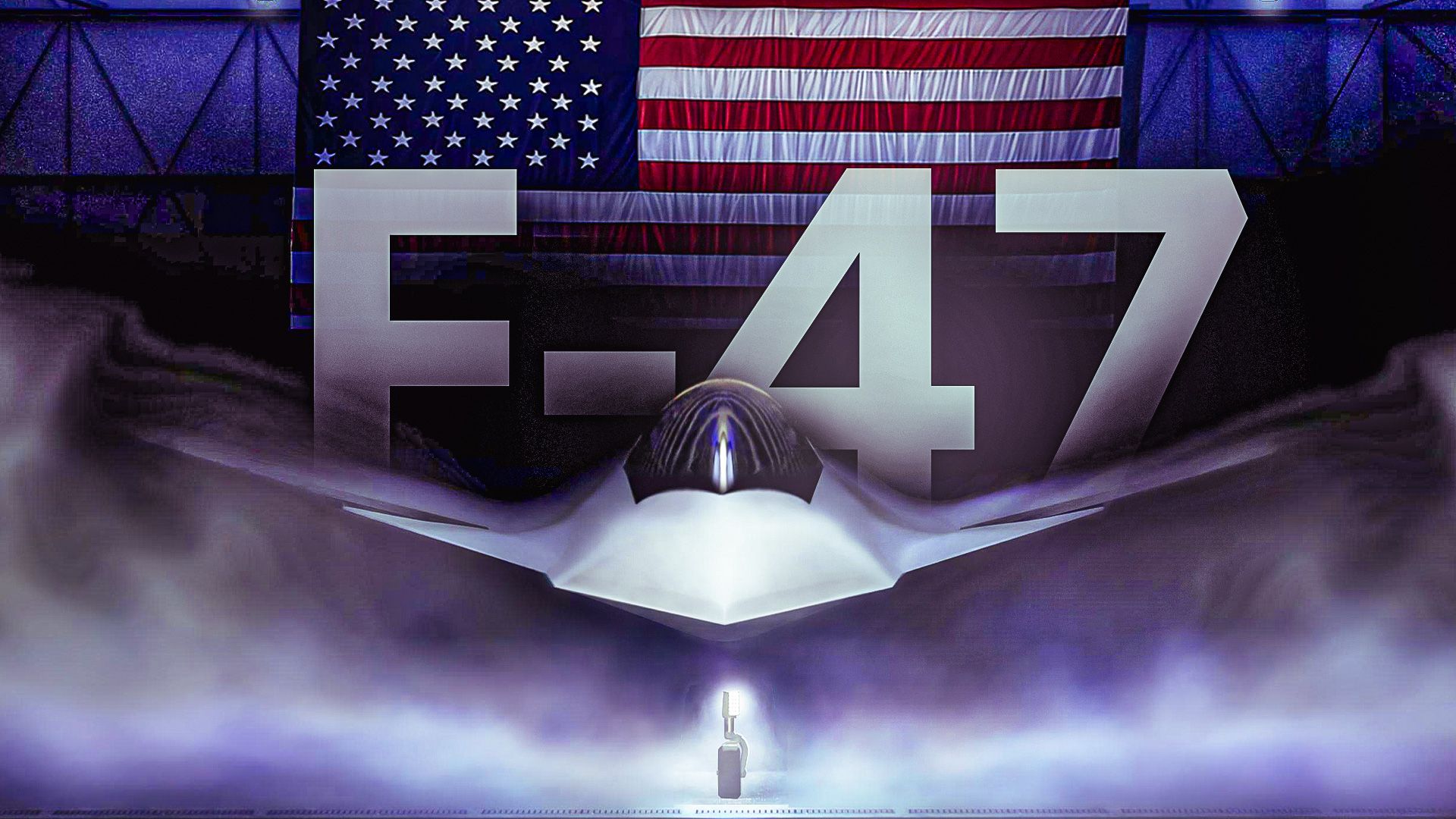The United States Air Force has awarded Boeing the contract to develop its next-generation air-superiority fighter, the F-47, a significant shift in the landscape of military aviation. Announced in March 2025, this decision marks a departure from the long-standing dominance of Lockheed Martin in the realm of stealth aircraft, with Boeing set to lead the charge in ensuring US air superiority for decades to come.
The F-47 program is a cornerstone of the Next Generation Air Dominance (NGAD) initiative, aiming to integrate a manned fighter with a network of autonomous drones, sensors, and advanced command systems. This strategic choice reflects the Air Force’s broader goals of diversifying its defense industrial base, accelerating production timelines, and adopting innovative operational models that involve manned-unmanned teaming.
The NGAD Initiative and Boeing’s Winning Proposal
The NGAD initiative is not merely about creating a single aircraft but rather developing a comprehensive system. The F-47 is designed to function as a “quarterback,” coordinating multiple unmanned drones known as Collaborative Combat Aircraft (CCA). The Air Force’s goal is to create a highly mobile and effective combat platform that can command a swarm of drones, each equipped with advanced sensors and weaponry.
In early 2025, Boeing and Lockheed Martin submitted competing designs for the F-47. Boeing’s proposal stood out due to its high level of digital maturity. The company had already constructed a full-scale “digital twin” of the aircraft, enabling thorough analysis of critical factors like radar signature and maintainability before any physical prototype flew. This proactive approach significantly reduced risks, giving Boeing an edge over Lockheed’s more experimental offering.
Lockheed Martin quickly responded by committing to enhance its existing F-35 fleet, promising upgrades that could deliver “eighty percent of F-47 capability at half the cost.” This shift acknowledges Boeing’s success in capturing the contract while allowing Lockheed to focus on maintaining its established market position.
For Boeing, securing the F-47 contract represents a crucial opportunity to revitalize its defense division following recent challenges, including the Boeing 737 MAX crisis and delays with the KC-46 Pegasus tanker. The win restores confidence within the company and reinforces its role in the stealth fighter market, marking a significant turnaround after years of negative press.
Strategic and Industrial Considerations Behind the Choice
The decision to select Boeing was not solely based on aircraft performance; it was influenced by broader industrial strategies. Pentagon officials have long expressed concerns over the over-reliance on Lockheed Martin for US fighter production, given that the company has produced both the F-22 and F-35.
By awarding the F-47 contract to Boeing, the Air Force aims to diversify its supplier base, a principle emphasized in multiple congressional oversight reports. This diversification is crucial for maintaining a robust and competitive defense industry.
Furthermore, Boeing’s design is built upon years of testing through DARPA-sponsored X-planes, which explored various advanced technologies, including adaptive engines and stealth materials. This established foundation enables Boeing to move forward with greater program maturity and reduced risk.
The urgency of developing the F-47 is underscored by the advancements in next-generation fighters from international competitors. As China and Russia push forward with their own stealth aircraft, the need for the US Air Force to act swiftly is paramount. The Fiscal Year 2026 budget allocates approximately **$3.5 billion** for continued development of the F-47, underscoring its priority status.
The F-47’s design also addresses key operational requirements. It is anticipated to deliver enhanced capabilities such as deep-penetration stealth, extensive range, and adaptability to evolving technologies. The platform is expected to feature advanced radar-absorbent materials and modular systems that can be updated without requiring complete redesigns.
The projected specifications for the F-47 include a combat radius exceeding **1,000 nautical miles**, a top speed of over **Mach 2**, and a capability to serve as a command node for drone operations. These features align with the Air Force’s vision for air superiority in complex future combat scenarios.
Given the scale of investment and the ambitious timeline, developing the F-47 is a significant undertaking. Analysts estimate that the total cost will exceed **$20 billion** before production begins, with much of that funding directed to Boeing’s St. Louis facility.
Lockheed Martin is responding to this competitive landscape by modernizing the F-35 into a so-called “fifth-generation-plus” fighter. This strategy enables Lockheed to remain relevant in the fighter market while offering allied nations more affordable options without compromising on capability.
The outcome of Boeing’s F-47 program will not only impact the company but also reshape the dynamics of the global fighter market. As the US government invests in new technologies, competition between Boeing and Lockheed Martin will likely drive innovation within the industry.
Looking ahead, the F-47 is expected to be operational by the early **2030s**, gradually transitioning the air-superiority mission from the F-22. Once deployed, the F-47 will likely redefine aerial tactics, functioning primarily as a command and control platform that directs unmanned assets in combat scenarios.
As this program develops, the potential for international collaboration remains a possibility. Reports indicate that countries like Japan may express interest in acquiring export-configured versions of the F-47, contingent upon US government policy.
In conclusion, the F-47 program signifies a pivotal moment for Boeing and the US Air Force, emphasizing a shift towards a more agile and technologically advanced approach to air dominance. With the F-47 at the forefront, the United States aims to reinforce its strategic position in an evolving global defense landscape.





































































